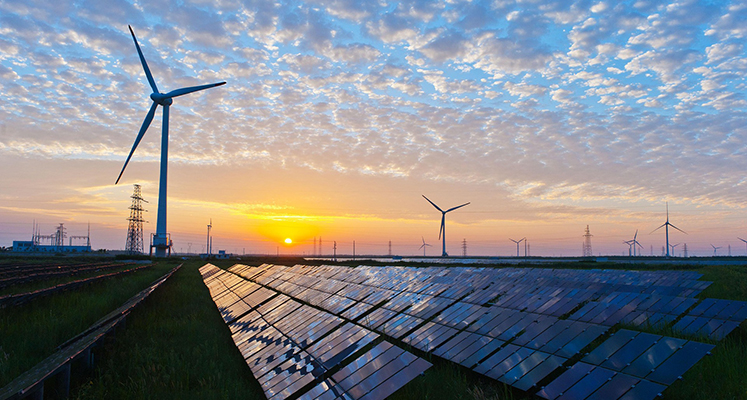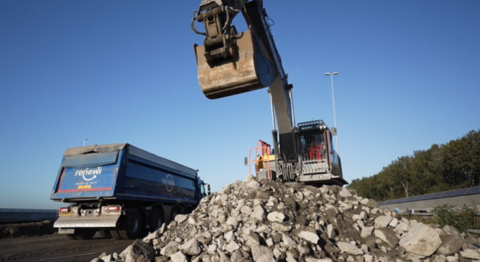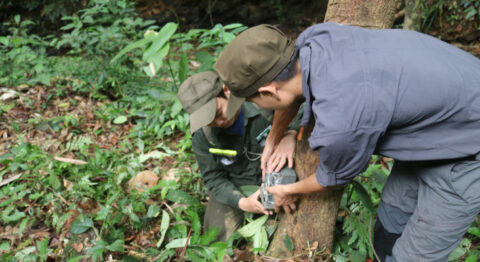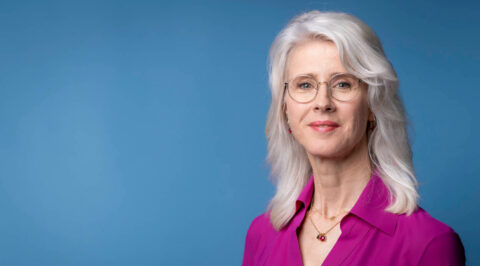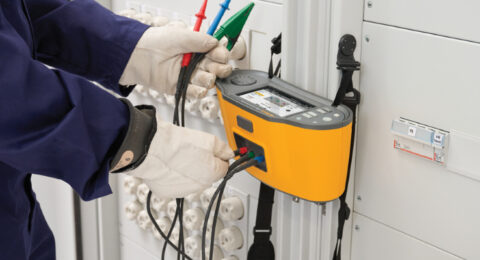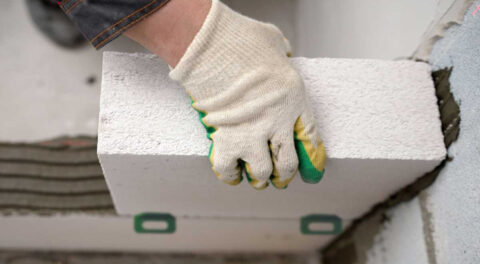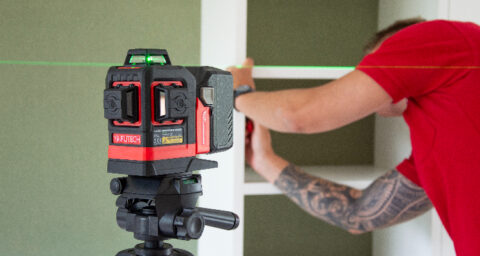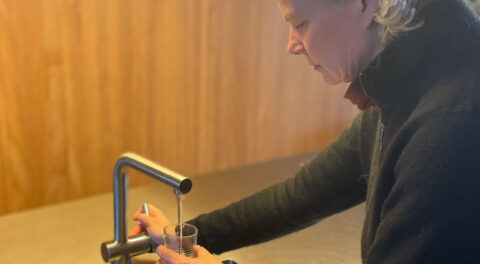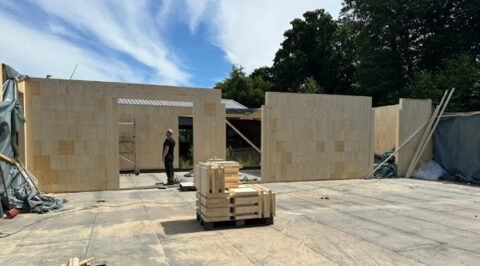In Zeeland, grid operator Stedin was the first in the Netherlands to connect as many as three customers simultaneously to a single power connection. This is possible through a pilot with "cable pooling," a power connection shared by multiple customers and for multiple purposes. This offers many advantages.
The available capacity on the grid is better utilized, it saves customers costs for an additional connection, the lead time is shorter because customers do not have to be connected separately, and it saves manpower because only one connection needs to be installed instead of two to four.
In cable pooling, customers combine multiple installations on one large connection; larger than 2 MVA. This is only possible with an existing connection, provided it does not increase the contracted transmission capacity in congestion areas. In the Koegorspolder this involves a wind farm - the original user of the connection -, a battery and a solar farm. Within the existing transmission capacity, additional capacity can still be connected via cable pooling because when it is windy, the sun usually does not shine and vice versa. However, the customers must be close together for this to happen and the possibilities depend on the (congested) area.
'Leap forward'
According to the most conservative calculations, it will save the grid operator a year's worth of excavation work if cable pooling is applied to just one percent of the large-scale customers. As far as Stedin is concerned, it will soon be used in many more places. David Peters, CTO at Stedin: "We are very pleased with this successful pilot project, which we will certainly continue. We would like to use this form of cooperation on a larger scale. It offers a lot of perspective now that the electricity grid in the Netherlands is in such a pinch. "
Also read: 7 houses on one 3 x 25 amp connection
In the municipality of Nunspeet, seven houses are being built on a standard connection of 3 x 25 amps. This is a standard connection, to which normally one house is connected.
